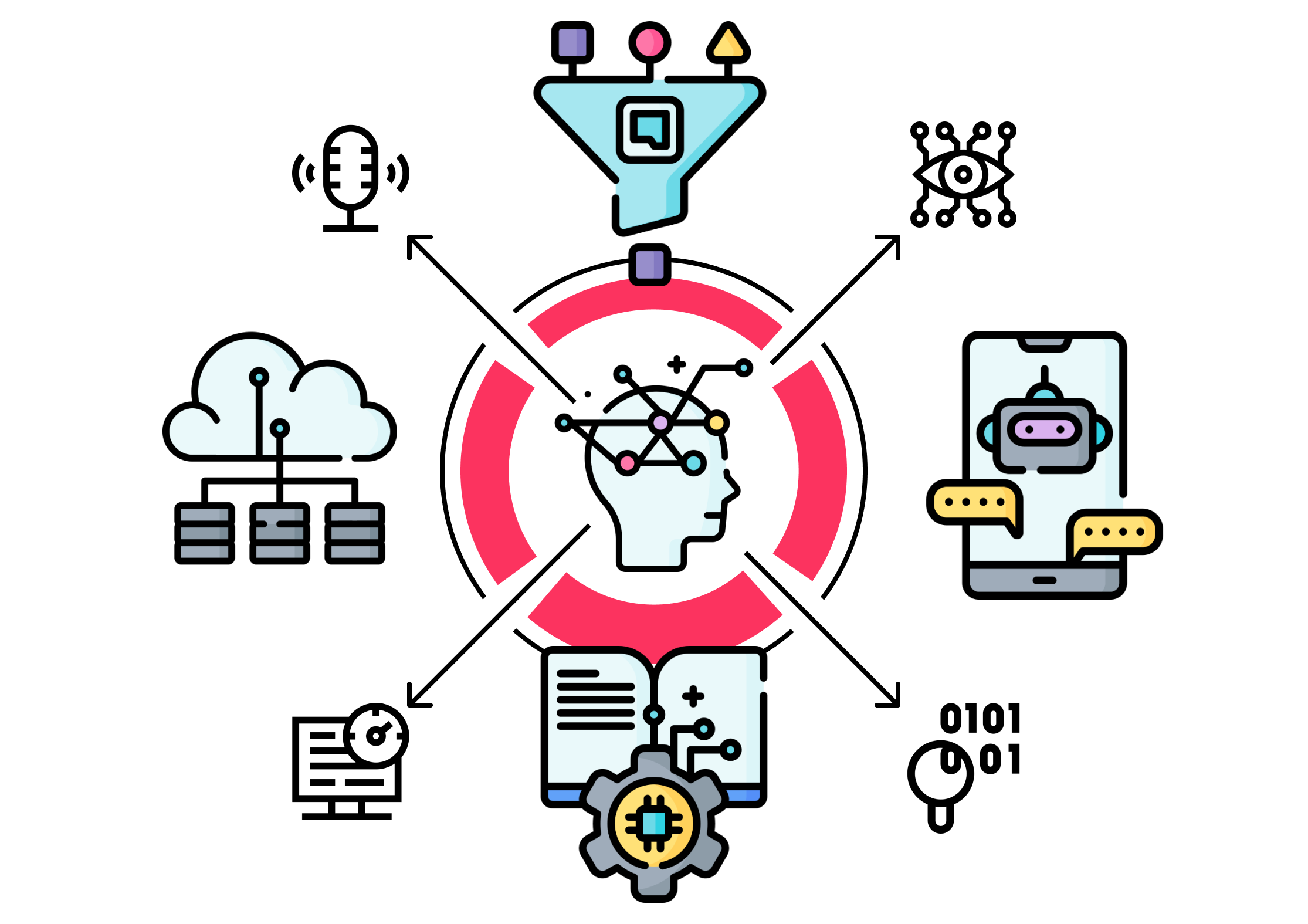As cybersecurity experts, we don’t use terms like “revolutionize” very often. But generative AI is a massive technological leap that has the potential to impact every facet of our digital lives — especially cybersecurity and cyberattacks. It’s a double-edged sword, and you can be sure Transmit Security immediately saw the potential for the good…and the bad.
This rapidly developing field within artificial intelligence is already bringing massive changes to a variety of industries and arming attackers with tools to launch sophisticated attacks faster than ever. To keep pace with these breakneck changes, enterprises must arm themselves with the tools to improve detection, instantly understand how users are interacting with their platform and quickly respond to evolving threats and business needs.
This blog post will explain what generative AI is, the possibilities for customer identity security and how Transmit Security is working to harness these capabilities in order to provide security teams with more agility, accuracy and visibility than ever before.
What is generative AI?
Generative AI refers to AI models that utilize extensive neural networks trained on a wide variety of large, unstructured and unlabeled datasets to discern patterns and relationships within that data. Unlike other AI models that typically only use certain types of datasets for specific tasks, like classification or prediction, generative AI models have much broader capabilities and can perform a range of tasks, including classification, prediction, translation and generating original data such as natural language text, code, images and more.

Generative AI’s potential for customer identity security
Within the field of customer identity security, generative AI has the potential to revolutionize key areas such as:
- Fraud Detection: With the ability to generate synthetic variants of emerging attacks, generative AI provides the means for security researchers to train detection systems on these variants before attackers can use them for fraud and other malicious activities — rather than playing catch up after the damage has already been done.
- Synthetic Data Generation: Whereas previously, teams had to rely on real or anonymized user data for policy testing, research, benchmarking and model training, they can now perform these tasks using synthetic user data that replicates the structure and statistical properties of real data. This enables them to share data with third parties without exposing confidential information, train machine-learning models on scenarios when data is hard to obtain and quickly test how different policies might impact a wide variety of users.
- Multi-source Data Analysis: The proliferation of IdPs, security tools, databases, APIs and other services has made retrieving identity information increasingly complex. Generative AI can simplify the work of non-experts in this domain by automating and streamlining the analysis of user data from multiple sources.
Innovating with generative AI at Transmit Security
Transmit Security is uniquely positioned to harness the full potential of generative AI to enhance end-to-end visibility into customer security posture with a suite of natively integrated services that span the entire customer lifecycle. With this in mind, our developers are already hard at work, pursuing ways for generative AI to increase the scale of our data used in model training and testing, improve the accuracy of our fraud detection services and increase the velocity at which complex tasks can be executed.
Some of the ways we are experimenting with leveraging generative AI on our platform include:
- Simplifying and expediting data retrieval with smart analytics: We’re currently experimenting with a smart analytics search tool to democratize big data analysis by eliminating enabling platform users to perform custom queries and ask follow-up questions in natural language and receive output in raw format and visualizations. With a full suite of natively integrated services to secure end user accounts, the use cases for this feature are virtually limitless, enabling real-time actionable insights into authentication events, registration rates, user journeys and threat patterns across the entire user lifecycle.
- Simulating data for our Attack Simulator: The ability to quickly generate synthetic data on legitimate and malicious usage patterns powers our first-of-its-kind attack simulator, which security teams create custom simulations with different parameters to visualize how different MOs and attack patterns appear at different moments in the user journey — enabling a broad range of use cases from risk assessment to incident response.
- Improving Detection and Response with synthetic attack variants: Our Security Research Labs leverages threat intelligence and applied data science to reverse-engineer attack variants, which are used to train our machine-learning models on emerging attack scenarios. Through the use of generative AI, we can expedite our ability to develop and scale synthetic attack variants, enabling even faster and more accurate detection of evolving threats.
The advent of generative AI marks a paradigm shift in how organizations approach customer identity security. Traditional approaches rely on reactive measures, but with generative AI, we can enable a more proactive and forward-thinking stance. By using simulated data to tune detection models and simulate attacks, we can help our customers prepare for threats before they can cause significant harm.
And by providing a way to accelerate and democratize data analysis, we can facilitate faster decision-making based on richer insights and better collaboration across teams in an increasingly data-centric world. This becomes even more powerful with Transmit Security’s low-code and no-code orchestration capabilities. Users can leverage this information to automate customer identity security workflows — improving not only the quality of detection and visibility, but enabling businesses to quickly and continuously adapt governance and mitigation policies based on these enhanced insights.
Stay tuned to our blog to learn more about product developments that will bring generative AI to the Transmit Security Platform. And in the meantime, explore how we are already using AI and ML in Detection and Response and Identity Verification Services.



